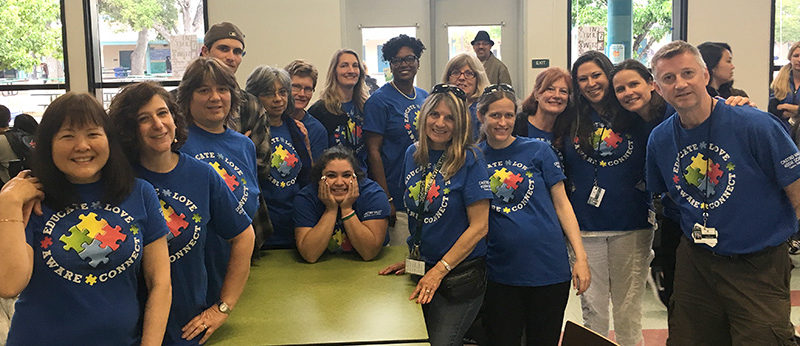The educational experiences of students with special needs
Students in special education classes have uniquely different routines from general education high school students. The special education department (SPED) at CVHS offers four levels of classes for students: one class for students with severe/moderate disabilities, two classes for moderate level students, three classes for mild level students, and resource classes for students who have learning disabilities and need extra help.
Students in the severe/moderate classroom focus on learning routines centered around life skills. These includes leisure skills, cooking, monetary skills, community outings, and work with assistive technology.
Special education teaching assisstant (TA) Jackson Bores explained how students work with assistive technology.
“We’ll watch music videos on YouTube, and we have a button system that pauses the video. Students can interact with the system to pause and play the video as they’d like,” said Bores.
Students in this class have the lowest level of cognitive function and limited language skills, so teacher Jennifer Muranjan mostly focuses the class on leisure skills.
“I spend a lot of time teaching students how to entertain themselves, what things they like, how to say what they like, and how to have fun,” she said.
It’s not a broad curriculum. Each student’s learning is individualized for their own goals and abilities,” Bores added.
Students in moderate level classrooms have higher levels of cognitive function and broader language skills. These students learn higher function life skills such as going to a bank, cooking, visiting a library, budgeting, monetary skills, and reading. They are also integrated into general education elective classes such as theater and guitar.
“It’s important that all students get the opportunity to interact with their peers,” Muranjan said, “and it’s also important for the peers in the general ed classes to recognize that there are people there who have to deal with a lot of difficult things in their lives.”
Students in mild level classrooms “work in between,” according to Muranjan.
“They still have disabilities but as long as they have some help, they’re more capable of doing the stuff that you do in your classes,” she said.
The students will work on life skills, but in a high school context. These students are also integrated into a lot more general education classes and only spend a portion of their day in the special ed classroom.

